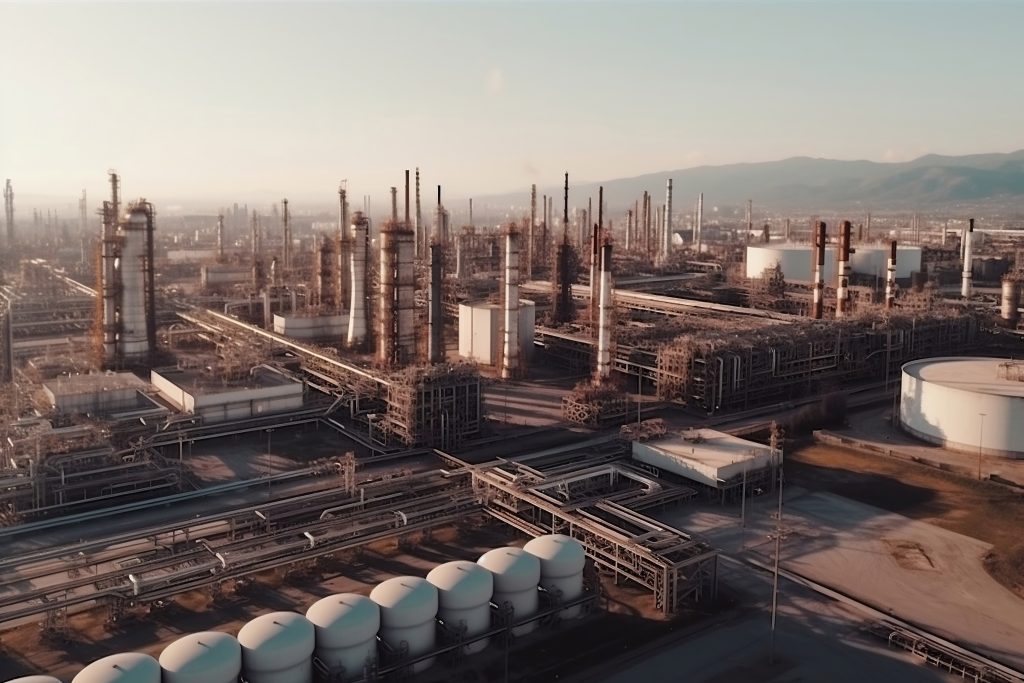
Russia’s invasion of Ukraine in February 2022 has profoundly transformed Europe’s energy landscape, particularly for nations heavily reliant on Russian gas and oil imports. Yet, supply-side factors position Hungary as an outlier. Recent research examining Hungary’s pre- and post-February 2022 gas market conditions, alongside governmental interventions, underscores the persistence of Russian dependency, even amidst reduced gas demand, despite it no longer being an infrastructure necessity.
Heavy Pre-crisis Reliance on Russian Gas
Hungary’s dependency on natural gas is deeply embedded in its history, with the country having relied on Soviet/Russian gas imports since the 1970s. While domestic gas production is limited, gas usage remains widespread in Hungary, particularly in the price-sensitive and politically influenced residential sector, with overall consumption peaking in the mid-2000s. By the outbreak of the war, Hungary had developed a gas infrastructure that enables the diversification of its supply sources, supported by extensive underground storage facilities with sufficient withdrawal capacity to meet daily peak gas demand. For reasons of affordability and supply stability, the government ultimately signed new long-term contracts with Russia in 2021, securing the majority of its gas imports, primarily via a new route circumventing Ukraine through the Balkans. This arrangement offered no protection against the price increases that began in 2021, driven in part by Russian export policies towards the EU. These price hikes escalated dramatically with the onset of the war, with supply constraints triggering a significant energy crisis across the EU.
Subtle Import Diversification Embedded in Supply-side Crisis Measures
In response to the crisis, the Hungarian government declared a state of energy emergency in July 2022 and introduced a seven-point action plan. Supply-side measures included increasing domestic gas production, filling gas storage facilities more extensively, and securing additional imports. While production growth was only evident by 2023, gas storage levels had reached high levels by November 2022, exceeding EU requirements. However, additional gas stocks were acquired from Russia at record-high prices, resulting in a projected substantial loss on the transaction. Despite the EU’s push for energy independence from Russia, Hungary has not only maintained its long-term contracts with Gazprom but has also secured extra gas supplies, citing the need for stable and relatively affordable energy, while only approaching a more diversified portfolio in the long term. Hungary has taken only small and cautious measures to diversify its gas supply sources, and these were implemented relatively late, with priority given to affordability. These actions included short-term purchases of negligible gas volumes from Azeri and Turkish suppliers. Additionally, the government has explored longer-term options, such as augmenting piped gas imports from Azerbaijan, securing LNG deliveries from Qatar via Croatia and from a Polish terminal project, along with pipeline gas from Romania’s Black Sea project.
Demand-Side Measures and Market Forces Driving Significant Gas Use Reduction
On the demand side, Hungary introduced measures aimed at curbing gas consumption in response to supply constraints and soaring prices. These measures included redesigning the residential energy price reduction programme, lowering indoor temperatures in schools and other public entities, cancelling the autumn school break while extending the winter break, and promoting the substitution of natural gas with biomass and electricity. The combined effect of government measures and market forces resulted in a much higher reduction in gas use during the 2022/2023 period than the EU’s voluntary target suggested, though milder weather also played a role. The most impactful measure was the introduction of a two-tier tariff system in the residential gas sector, where consumption exceeding a specified threshold was charged at seven-fold rates, a move that contradicted prior commitments. The social justice issues and other concerns associated with the original programme were further complicated by the redesigned system, which, nonetheless, effectively sent a price signal encouraging energy conservation, fuel substitution, and decisions favouring energy efficiency, though the necessary investments will not be realised without an adequate public programme. At the same time, non-residential gas-using sectors have faced increasing exposure to market forces, although the government has taken some initiatives to support certain consumers. Still, the overall reduction in gas consumption had negative side effects, including inadequate indoor temperatures in homes and workplaces, temporary closures of public institutions, and production interruptions or shutdowns in various industries.
The Path Forward: Balancing Security and Affordability
Hungary, as a member of the EU, is committed to improving energy efficiency, increasing the use of renewable energy, and gradually phasing out fossil fuels. However, Hungary’s updated National Energy and Climate Plan, submitted to the European Commission in the autumn of 2024, suggests that natural gas will remain a significant part of its energy mix for the foreseeable future. By 2023, European wholesale gas prices had reverted to their previous levels, though they remained highly volatile. In the post-2022 EU gas landscape, while Russian LNG imports are still accepted, the number of countries importing Russian piped gas has steadily declined, with Hungary among the few remaining consumers. This has put Hungary under increasing EU pressure to pursue diversification with much greater determination. While Hungary has the potential to achieve this, its long-term supply contract binds it at least until 2031, although purchasing additional volumes from Russia is no longer necessary. Hungary’s approach exemplifies the challenge of balancing the traditional dimensions of energy security—availability and affordability—with political considerations.
Weiner, C. (2024). Hungarian Gas Market Trends in a Risky and Unpredictable Environment: A Comparison of the Situation before and after Russia’s 2022 Invasion of Ukraine. – Economic Studies (Ikonomicheski Izsledvania), 33(8), pp. 167-189.
http://archive.econ-studies.iki.bas.bg/2024/2024_08/2024_08_09.pdf


